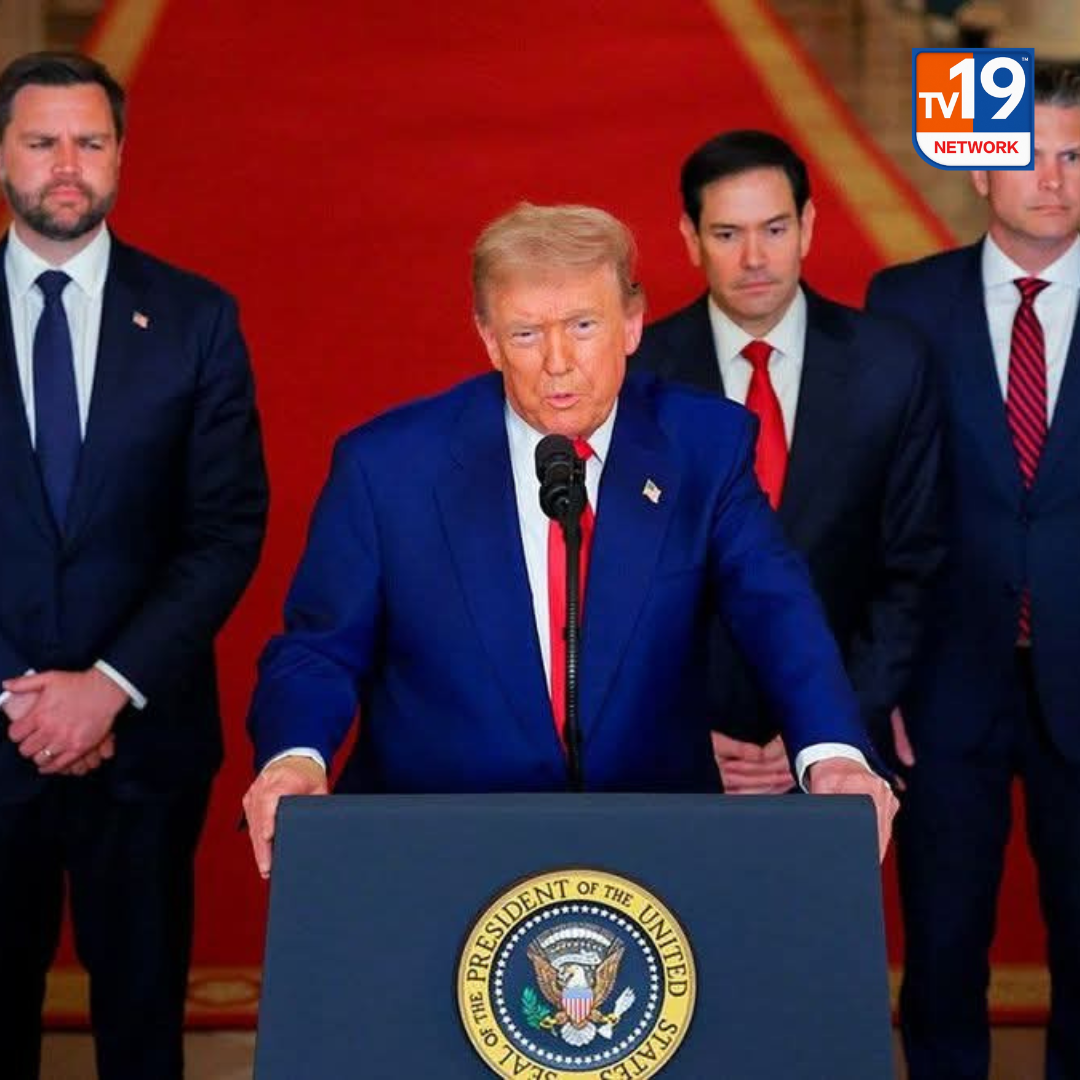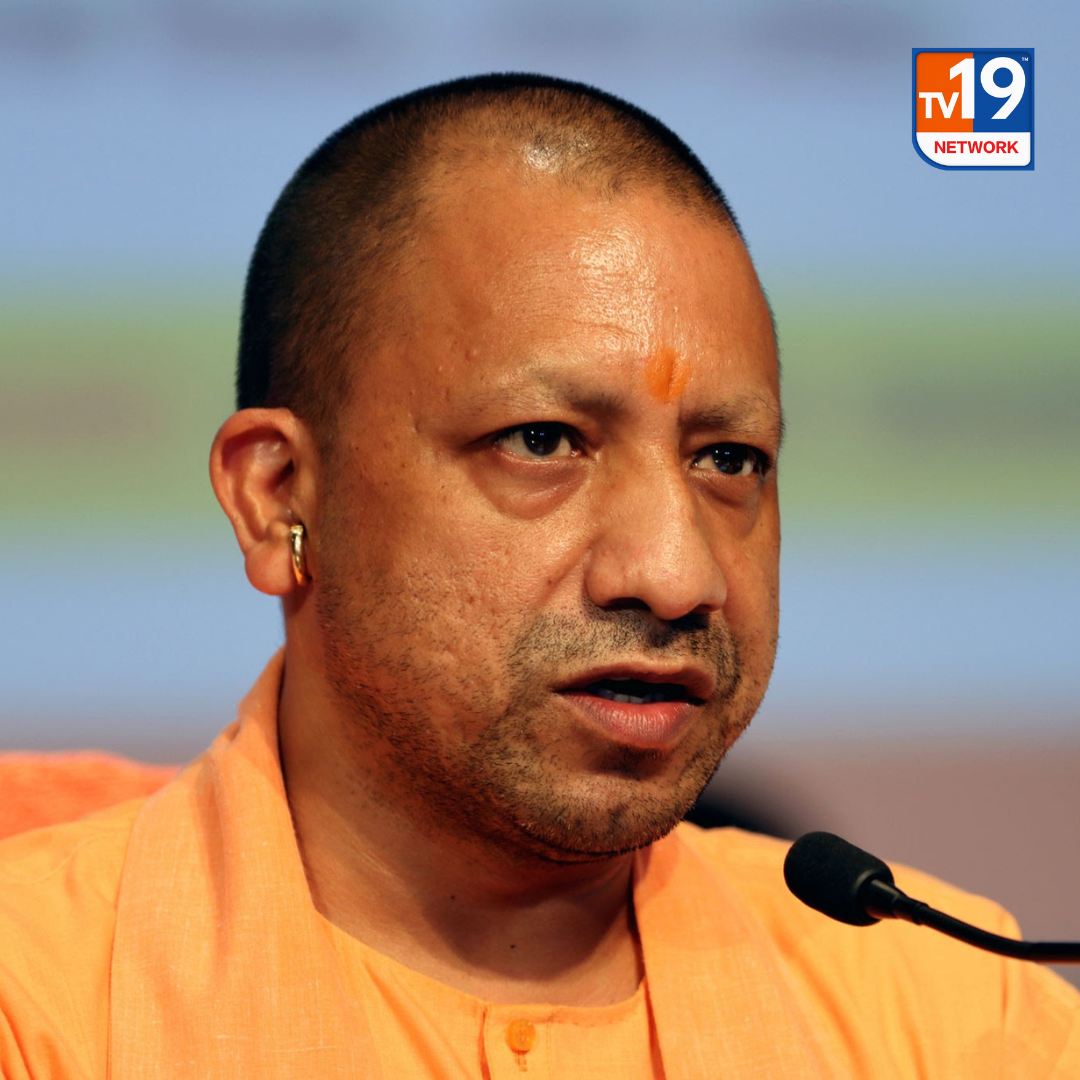Indian Tariff Slash: Economic Masterstroke or Risky Gamble?
Delhi - In a strategic shift, India has significantly cut its peak customs duties from 150% to 70%, signaling a move towards more open trade practices. This decision comes amid global scrutiny over protectionist policies and aims to boost India's economic standing in international markets.
Government officials stress that this reduction is not just about appeasing trade partners but also about making Indian industries more competitive. By lowering import duties on key items, including high-end motorcycles and mobile phone components, the government hopes to attract foreign investment and strengthen its position in global supply chains.
While some experts view the tariff cuts as a necessary step for economic expansion, critics argue that India still maintains relatively high duties compared to other major economies. The challenge remains in balancing domestic industry protection with fostering international trade relationships. Small and medium enterprises, in particular, fear increased competition from cheaper foreign imports, which could disrupt local businesses.
One of the key areas benefiting from this move is the mobile phone manufacturing sector. By reducing import duties on critical components, India is making a play to become a global hub for smartphone production, drawing in major players like Apple and Xiaomi.





